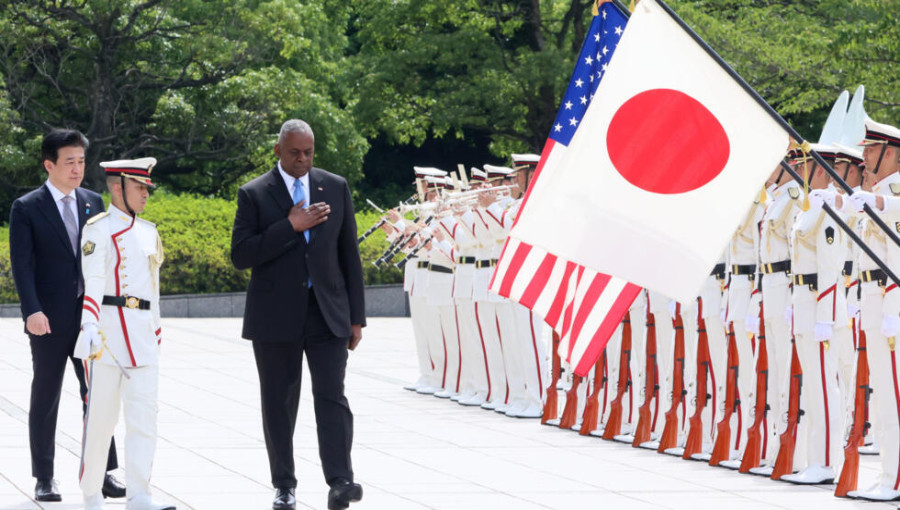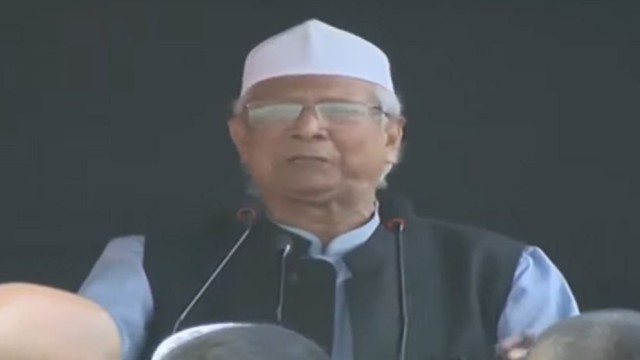Tokyo, Dec 10, (V7N) – US Defense Secretary Lloyd Austin is set to meet Japanese Prime Minister Shigeru Ishiba on Tuesday to reinforce the two nations’ alliance amid mounting regional security challenges. Austin's visit to Japan, likely his final as defense secretary, comes against the backdrop of escalating Chinese military activity and US political transitions under president-elect Donald Trump.
Focus on China and Regional Security
Austin addressed US troops aboard the USS George Washington near Tokyo, warning about China's growing capability to challenge the international rules-based order.
"The PRC is the only country in the world that has the intent and, increasingly, the capability to change the rules-based international order," Austin said. He emphasized the importance of freedom of navigation and overflight in the Asia-Pacific region, pledging continued US collaboration with allies.
China's military maneuvers near Taiwan have raised concerns among US and Japanese officials. Taiwan, a self-governed island that Beijing claims as part of its territory, remains a flashpoint in the region.
Around 54,000 US military personnel are stationed in Japan, primarily in Okinawa, underscoring Japan's strategic importance in deterring aggression in the Asia-Pacific.
Defense Spending and Alliances
Japan has committed to doubling its defense budget to 2% of its GDP, aligning with NATO standards. This move reflects Tokyo’s increasing focus on bolstering its military capabilities in light of growing regional threats and uncertainties about future US defense commitments under Trump's "America First" policies.
Austin’s meeting with Japanese Defense Minister Gen Nakatani is expected to address Japan’s expanded role in the alliance and continued support for Ukraine amidst the ongoing conflict with Russia.
Trump’s return to power next month signals potential shifts in US foreign policy, with indications of reduced aid to Ukraine and a focus on protectionism. Analysts suggest Tokyo is seeking to solidify its partnership with Washington to minimize policy shifts that could weaken regional security.
South Korea Omission and Strategic Adjustments
The absence of South Korea from Austin’s itinerary, due to recent political turmoil in Seoul, has limited the broader strategic impact of his visit. However, the trip underscores Washington’s commitment to ensuring Japan remains a cornerstone of its Asia-Pacific strategy.
As the Asia-Pacific region faces mounting pressures, Austin's visit serves as a reaffirmation of the US-Japan alliance and a reminder of the critical role both nations play in maintaining regional stability.
END/WD/RH/































Comment: